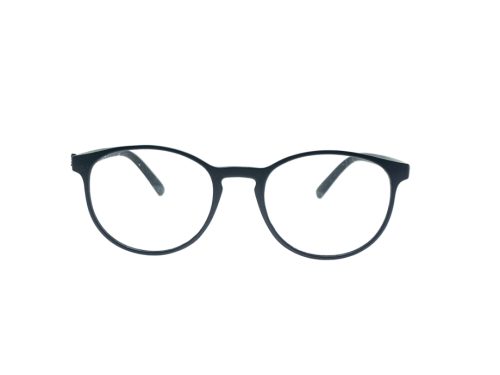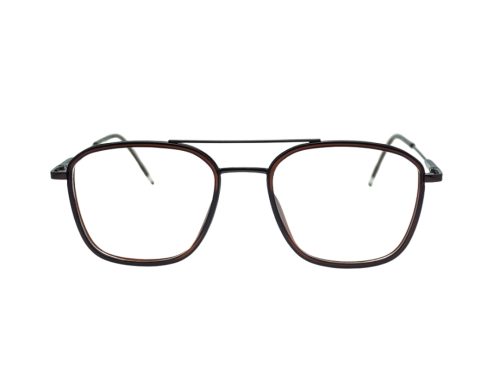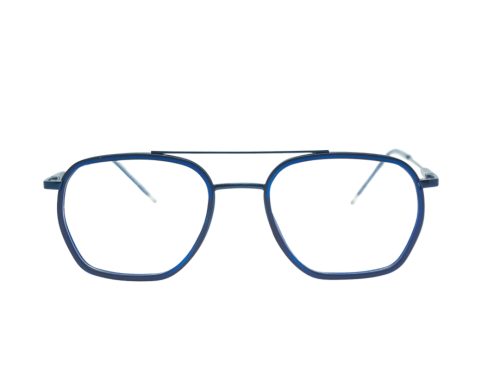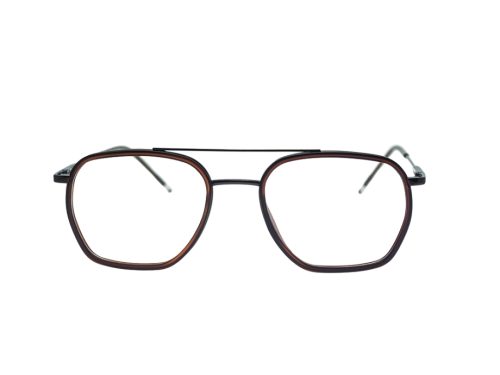Progressive lenses uses
Choosing suitable glasses for your eye health is important in terms of eyewear.Progressive lenses uses are one of the most accepted alternatives for individuals suffering from presbyopia or multiple visual corrections. No lines appear on these spectacles while providing a smooth change from one prescription to another at several distances so that people can see clearly without any interruption in between just as it occurs with bifocals or trifocals. In this all-inclusive guideline we will look at different ways Progressive lenses uses can be used and how they have benefited those who use them when necessary; besides, there are some factors that should be put into consideration as one picks out a pair.
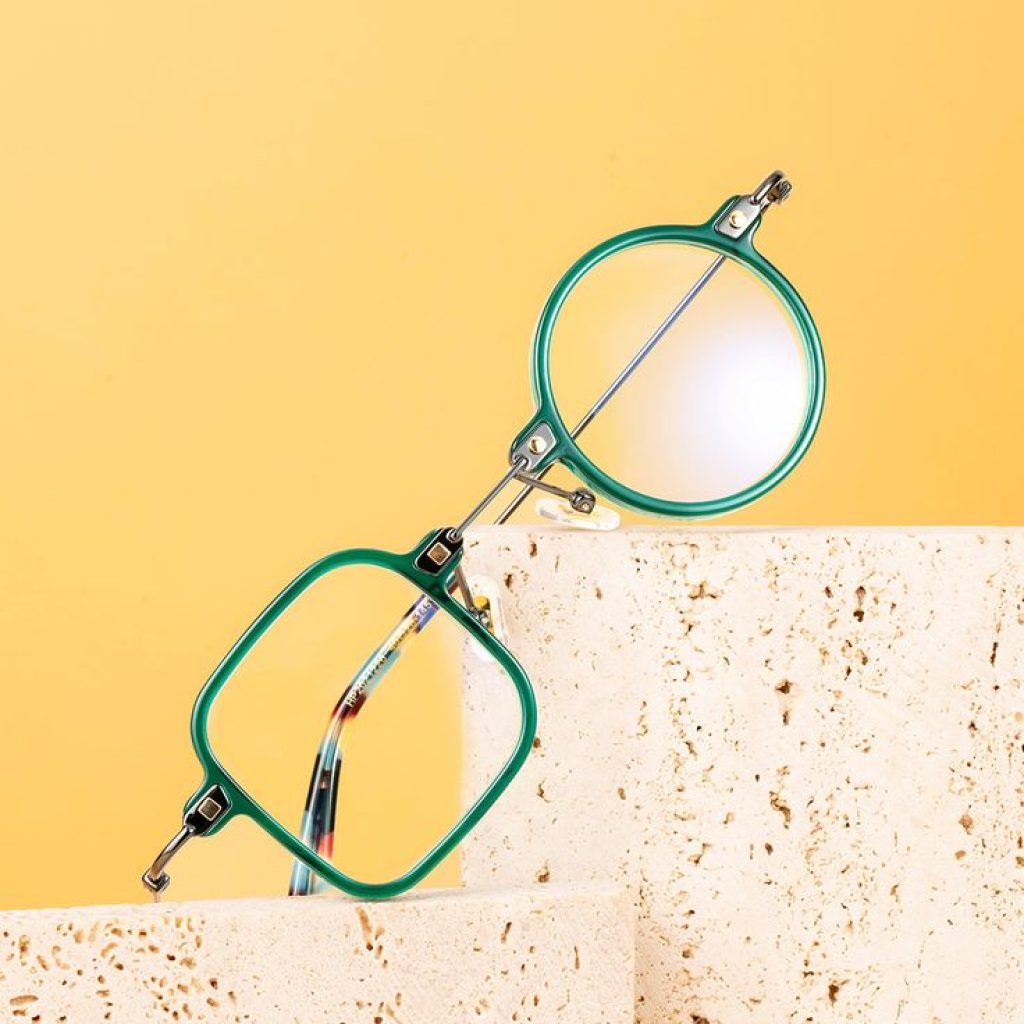
Understanding Varifocal Glasses
What Are Progressive Lenses?
Progressive lenses uses also known as bifocal glasses enable an individual to have clear vision for near, intermediate and far distances without having visible lines. Unlike usual bifocals where there is a line separating the near part from distance part, verifocal glasses provide a soft transition as one shifts from one power to another.
These glasses are ideal for people with presbyopia (the natural loss of ability to see objects up close that happens as you get older), however they can be useful to anyone who wants one pair of glasses which can be used for many purposes.
How Progressive Lenses Work
Progressive lenses uses have a top-to-bottom gradient design where the power of the lenses slowly changes from distance vision at the top, to reading or near work at the bottom. This allows individuals to focus on different distances without having to switch between multiple pairs of glasses.
Progressive Lenses Uses and Benefits
1. Perfect for Presbyopia
The most common use for Progressive lenses uses is in presbyopic individuals. As people grow old, their ability of eyes to focus on nearby items diminishes. This is addressed by progressive lenses that feature varying strengths in a single lens so they become perfect for persons struggling with short sightedness.
2. Multi-Purpose Vision Correction
One of the major benefits of using Progressive lenses uses is that they correct both nearsightedness (myopia) and farsightedness (hypermetropia) simultaneously. Whether you are working on your computer, reading a book or driving, progressive lenses ensure that you have got the correct prescription needed for each activity all in one pair of glasses.
3. No Visible Lines
Progressive lenses do not have visible lines like traditional bifocals or trifocals, which can be more aesthetically pleasing. This also eliminates the “image jump” that occurs when one changes between lens sections in bifocals.
4. Enhanced Comfort
Wearing progressive lenses allows for greater comfort when compared to switching from one pair of glasses to another. These lenses provide a smooth progression, reducing the need for constant adjustment to differing visual experiences such as reading, working and driving.
Types of Progressive Lenses
Standard Progressive Lenses
These are the most common kind of Progressive lenses uses and offer a seamless blend between close-up vision and far away vision. They are good for most daily activities and are made to meet basic vision requirements.
Premium Progressive Lenses
Sharper vision and increased comfort are features provided by premium progressive lenses. Such lenses often come along with advanced functionalities like wider visual field and custom prescriptions matching wearer’s specific needs, making them ideal for those who require precise vision correction.
Progressive Lenses for Computers
Designed specifically for people who spend long hours in front of a screen, computer progressive lenses focus on improving vision at intermediate distances. By enhancing the visual experience of digital tasks, they reduce eye strain and make computer work more comfortable.
Points To Consider When Selecting Progressive Lenses
1. Prescription Needs
It is important to consult an eye care professional before deciding on progressive lenses. Check your prescription is current and that your eyes are in good health prior to choosing the right lenses for you.
2. Frame Style and Fit
There are certain frames that cannot be used with progressive lenses. Be sure to select frames that fit comfortably and are large enough to accommodate the multiple zones of these designs on the lens. Additionally, make sure that the proportions of the frame complement your face shape for better visual quality.
3. Adjustment Period
Even though there is a seamless transition with progressive lenses, it might take some time getting used to them. There may be slight distortion or peripheral blur initially in wearers, which is typical, but often most people adjust well to new lenses within a few days or weeks after consistently using them
Advantages of Choosing Progressive Lenses
It is Convenient : No longer will you have to change glasses frequently.
Better Looks: The lenses do not have any lines or identifiable segments.
Cost Savings: Instead of purchasing many pairs for different purposes, buy a single one.
Enhanced Vision: Whether reading, using the computer or driving, your vision will be clear at all distances.
How to Maintain Your Progressive Lenses
1. Regular Cleaning
Use a microfiber cloth when cleaning your progressive lenses so as to remove dirt and fingerprints. Do not use paper towels or rough fabrics that can create scratches on the lenses.
2. Proper Storage
When they are not in use keep them in hard cases to prevent damage from occurring. This way you will ensure their durability.
3. Periodic Adjustments
If you feel uncomfortable or experience vision problems, it’s advisable to see your optometrist for minor changes. You may need an update if your prescription has changed over time and there could be new lensing required.
(FAQs)Progressive lenses uses?
1. How long does it take to get used to progressive lenses?
The process of getting accustomed with seamless transition from near vision to intermediate vision and further beyond distance vision may take longer depending upon individuals in some cases few days others weeks that is measured in days.
2. Is there an age limit as far as using progressive lenses is concerned?
Though mainly recommended for persons above 40 years old that have developed presbyopia, these types of eye wear can also be helpful in any condition needing an all-purpose way of correcting one’s vision.
3. How can I pick the best progressive lenses?
One option is to consult an eye care specialist and discuss your specific vision problem, which may include such things as prescription, lifestyle choice and frame.
Conclusion
Progressive lenses are a game-changer for those who want to improve their vision on multiple levels but avoid the inconvenience of alternating glasses. If your presbyopia is managed, your desire for something more attractive than bifocals or need a convenient solution for your eye problems, progressive lenses will not let you down.If you would like to experience the benefits of progressive lenses this very moment, we encourage you to visit Lensoffer.in, where you can look at a wide range of fashionable eyewear styles and find the one that matches your needs perfectly.

